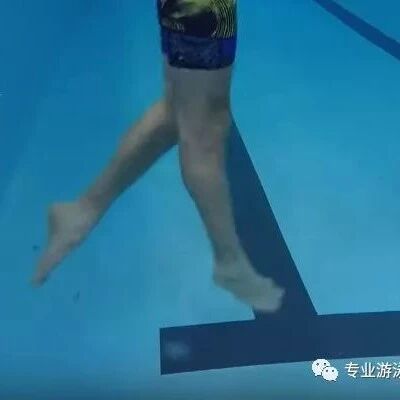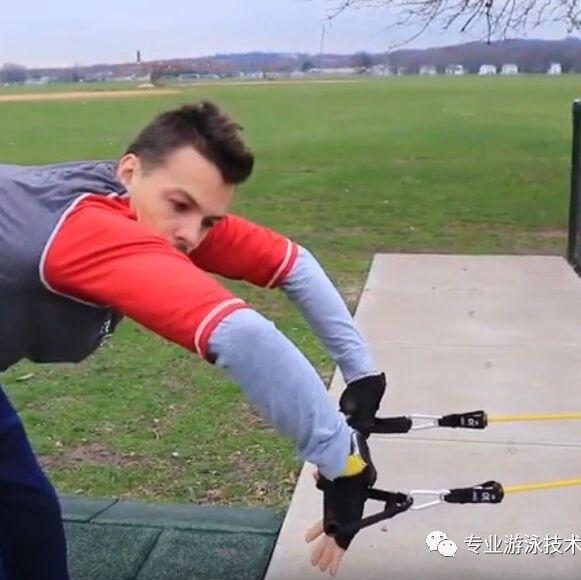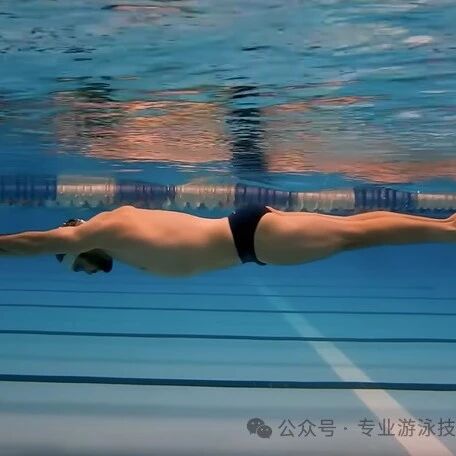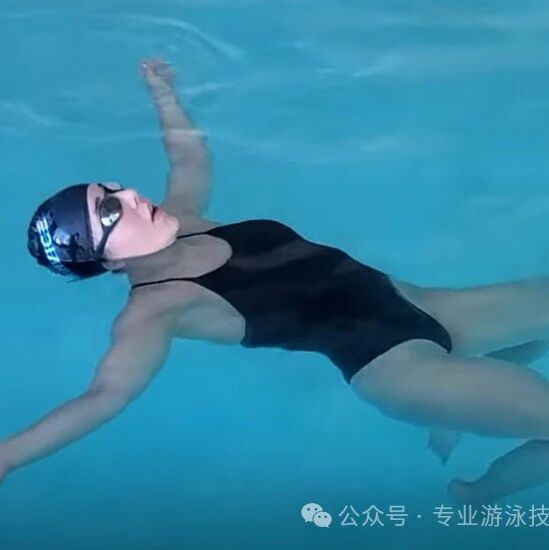
Once you can comfortably swim continuously for 30 minutes or cover 1 kilometer in freestyle, you’ll enter a rapid improvement phase. During this period, try to maintain your swim without interruption, and focus on targeted practice across three key areas to significantly enhance your freestyle technique. These three areas for improvement are: overall propulsion, sustained power, and symmetry.The overall propulsion drill focuses primarily on coordinating the arm stroke, leg kick, and body rotation to enhance overall swimming power. The endurance component emphasizes maintaining a consistent swimming speed, ensuring that at least one arm is always in the propulsive phase. Meanwhile, the symmetry drill aims to achieve nearly identical lateral body rotations, keeping the body’s longitudinal centerline straight and stable—crucial for maintaining an optimal streamlined position. This practice also helps distribute the strength evenly between the left and right arms and leg kicks, enabling a more effortless and efficient swimming motion.
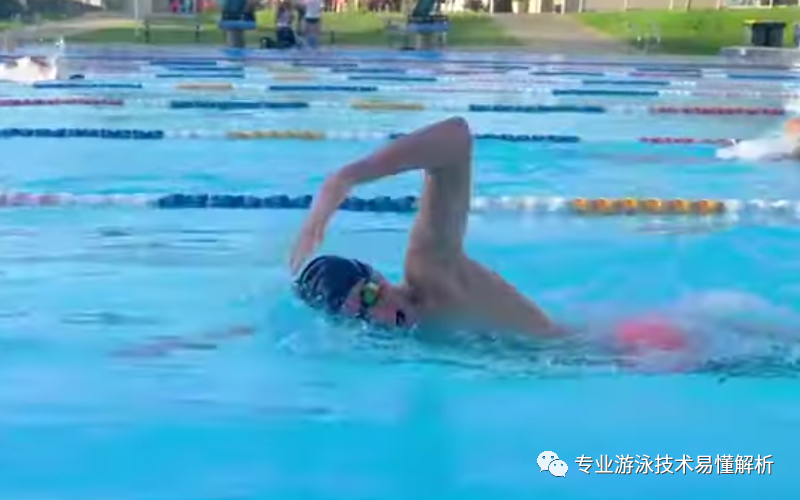
1. Overall Propulsion TrainingArm catch is the key to effective propulsion—without a proper catch, your pull-through essentially becomes wasted effort, turning into a mere arm-slashing motion through the water. You’ll barely feel any resistance, let alone experience that effortless glide as your body naturally moves forward with each powerful stroke.There are three key points to the arm stroke:
First, while internally rotating the arm, bring the forearm toward the body to catch the water, keeping the elbow naturally in a higher position.
Second, when pulling the water, don’t use any force in your forearms—instead, allow your elbows to naturally rise high, forming a slight angle between your forearm and upper arm. Begin pushing the water as your fingertips point downward toward the pool bottom.
Third, when pushing the water, avoid deliberately accelerating your stroke. Instead, apply a gentle but firm push backward once you feel the water resistance created by the angle between your upper and lower arms—the "arm bend." As long as that resistance remains noticeable, you can slow down your recovery phase without forcing yourself to speed up. Remember, faster isn’t always better—this becomes clear after swimming a certain distance.
There are three key points to the leg kick:
First, kicking primarily helps the lower body float upward; second, it accelerates the body’s lateral rotation; and only then does it contribute meaningful propulsion. These three functions represent the three distinct stages of kicking technique: In the beginner stage, quick flicks of the foot help lift the legs upward; in the intermediate stage, kicking synchronizes with the body’s side-to-side motion, enhancing rotational speed—and ultimately boosting the arm stroke’s power; and in the advanced stage, the feet and calves remain fully relaxed, relying instead on the hips to drive the thighs, which in turn propel the shins through the water. Mastering the kick well isn’t about leg fatigue—it’s about that satisfying, energizing burn in your gluteal muscles!
Second, the arm-pull coordination strategy is determined based on your kicking technique. For beginners, the primary purpose of kicking is simply to help the legs float upward. In this case, the kick comes first—once the legs are buoyant, your body naturally settles into a streamlined, flat-lying position in the water, or achieves a balanced alignment between the upper and lower body—and then the arm pull follows. Think of it like a boat gliding smoothly through the water before you start paddling, rather than dipping downward before you begin rowing.
For intermediate swimmers, the kicking motion becomes synchronized with the body’s lateral rotation. As the body initiates its rotational force, the kicking immediately kicks in as well. Here, the body’s lateral rotation generates power first, while the arm pull happens simultaneously with the actual body turn. In this scenario, the kick still leads, followed by the arm pull—but from an external perspective, it can be tricky to tell which action occurs first unless you pay close attention. After all, during the initial phase of the body’s rotation, the body hasn’t yet fully executed its sideways movement, so this subtlety requires careful observation and practice while swimming.
Third, timing the powerful leg kicks is crucial. At advanced kicking levels—whether performing two-beat, four-beat, or six-beat kicks—there are always two moments when the legs generate maximum power, with one heavy kick on each side. These heavy kicks must be perfectly synchronized with the corresponding arm-pushing motions. While some swimmers manage the two-beat and four-beat techniques well, they often struggle to time the two heavy kicks correctly in the six-beat stroke, resulting in less efficient swimming compared to the two-beat or even four-beat styles.
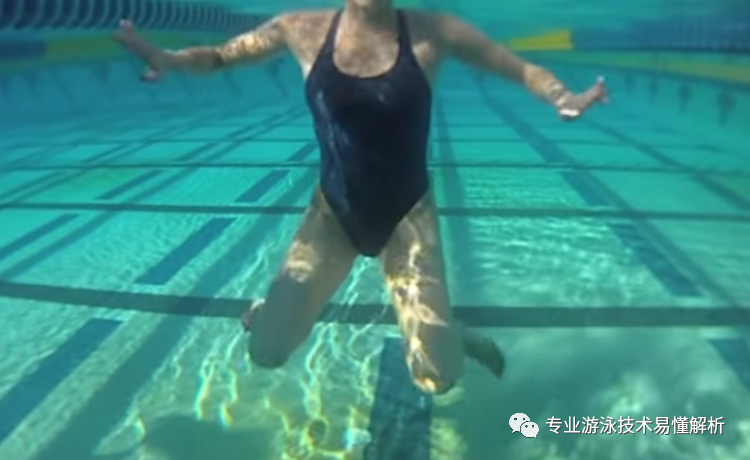
2. Strength Endurance ExercisesWhether it’s a sprint or a middle-to-long-distance swim, the speed and efficiency of freestyle are directly linked to sustained strength. For sprint events, this endurance stems from the coordinated actions of arm strokes and leg kicks—specifically, as long as the force generated per stroke and kick remains consistent without significant drops in propulsion, maintaining either a mid-crossing or even a late-mid-crossing technique is key. In contrast, for middle-to-long-distance swims, strength endurance primarily relies on powerful arm movements combined with body rotation, which helps generate forward momentum. Crucially, at all times, at least one arm must be in the push phase—whether in a front-mid-crossing or mid-crossing position.
In fact, the crossover stroke is directly linked to the propulsive force generated during the advanced kicking phase—specifically, the more stable and significant the propulsion from the kicks, the better it suits the mid-to-late crossover technique. Conversely, if kick propulsion is less consistent, the front-to-mid or mid-crossover styles may be more appropriate. During the actual swim, you can assess this by keeping your eyes fixed on the pool bottom and observing how quickly your body moves through the water with each stroke.
By observing, when one arm extends forward while the other arm recovers, neither arm generates significant propulsive force—and if the kicking action isn’t yet strong enough to sustain effective propulsion—this marks the phase where forward momentum begins to diminish. Minimizing the duration of this phase and ensuring continuous propulsion can dramatically enhance swimming speed. Of course, this phase also provides a brief moment of rest for the body, which can be beneficial in medium- to long-distance swimming. However, it’s important to balance this resting period carefully: if the pause becomes too prolonged, it may actually hinder efficiency and slow down your pace over longer distances. It’s akin to pushing a stationary box versus a moving one—clearly, the latter requires far less effort!
By the way, here’s a freestyle kick drill: Use your freestyle legs to perform sculling movements in deep water, stabilizing your body position underwater while minimizing vertical bobbing. Aim to hold this position for about 1 to 2 minutes—consistent practice like this will quickly improve your freestyle kicking technique, far more effectively than simply lying face-down on a kickboard!

At the end of the text
One WeChat official account shares swimming tips, while another focuses on software insights, online resources, and reading experiences.
Thank you for your supportive and encouraging likes, as well as the comments that spark meaningful conversations—and even more, we’d love for you to share and forward this content!
